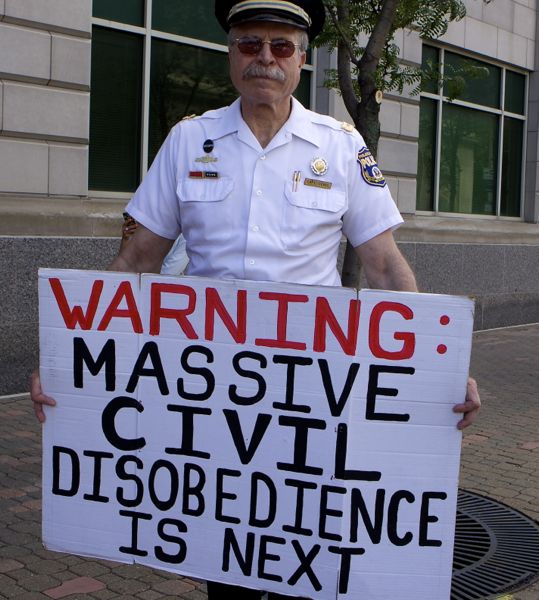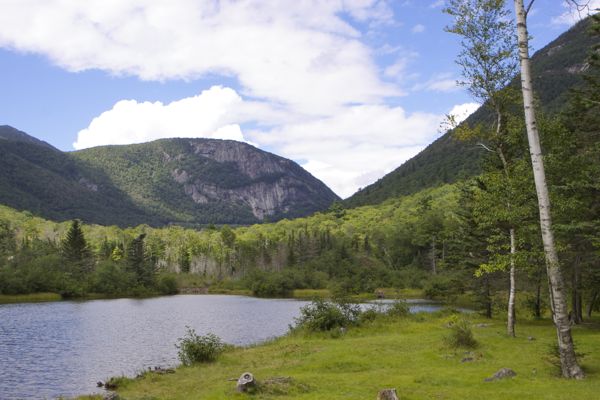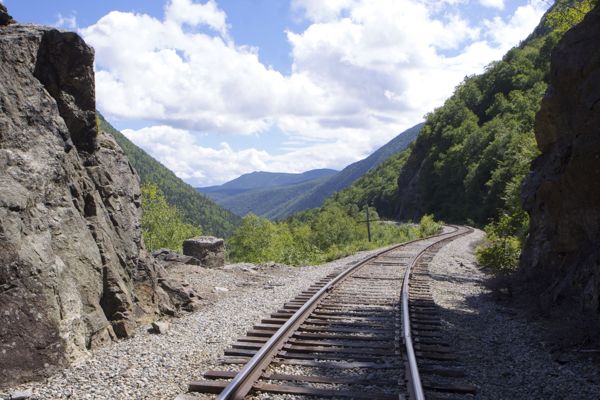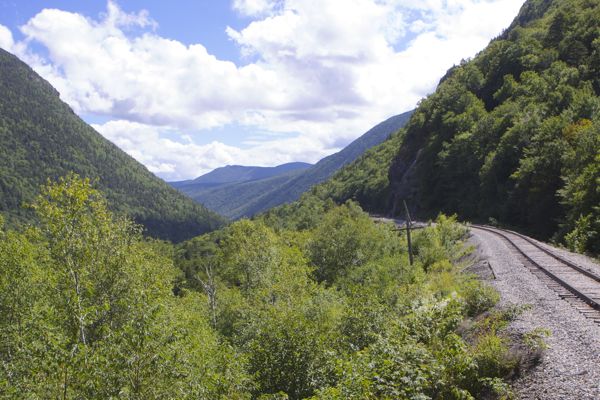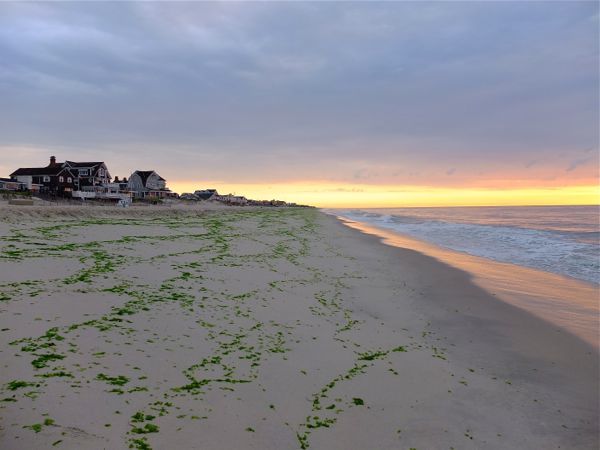Proposed Constitution Pipeline A “Stake in the heart of NY”
Why No Focus on CWA 401 Powers and Christie BY NJ Activists?

NY DEC Building protest, Albany NY (8/11/15)
In stark contrast to NJ’s gas pipeline opponents, on Tuesday 8/11/15, NY groups held a protest at the NY DEC building in Albany NY to demand that Gov. Cuomo use the Clean Water Act’s Section 401 Water Quality Certification power to kill the controversial proposed “Constitution pipeline”:
The approximately 124-mile Constitution Pipeline has been designed with a capacity to transport 650,000 dekatherms of natural gas per day (enough natural gas to serve approximately 3 million homes). Buried underground, the 30-inch pipeline will extend from Susquehanna County, Pa., to the Iroquois Gas Transmission and Tennessee Gas Pipeline systems in Schoharie County, N.Y. The pipeline route stretches from Susquehanna County, Pa., into Broome County, N.Y., Chenango County, N.Y., Delaware County, N.Y., and terminates in Schoharie County, N.Y.
The Constitution Pipeline has been designed to transport [fracked] natural gas that has already been produced in Pennsylvania.
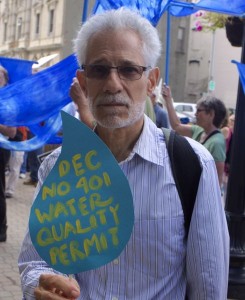
“DEC NO 401 Water Quality Permit”
Here is how the Catskill Mountainkeeper sees the pipeline: note how right up front they focus on Gov. Cuomo and the CWA 401 power:
Big Oil and Gas wants to construct the proposed Constitution pipeline through our state to carry fracked gas from Pennsylvania to the highest paying markets. If built this pipeline will destroy over a 1,000 acres of forests and fertile farms, clear cut over 700,000 trees, and cross over 277 waterways in upstate New York. Tell Governor Cuomo and the DEC to do its job and deny the 401 Water Quality Certificate and Stop the Pipeline!
These are the tactics and strategy that led to victory in Cuomo’s fracking moratorium.
In contrast, NJ anti-pipeline activists are focused on a myriad of issues and tactics – from local Resolutions, to submitting FERC comments, to relying on property owners to deny access for surveys – so note how Mountainkeeper framed the Albany Action Alert, illustrating a perfect and concise message, political target, and killer regulatory strategy:
The Federal Energy Regulatory Commission (FERC) has jurisdiction over this inter-state pipeline and has conditionally approved it. But New York State has the power to stop it! Under section 401 of the federal Clean Water Act, the pipeline cannot be built unless our Department of Environmental Conservation (DEC) certifies that the state’s strict water quality standards will not be violated.
There is no possible way to tear through the sensitive hills, forests, wetlands, and streams where this pipeline is proposed without threatening water quality and degrading aquatic habitat. To do its job the DEC must deny the 401 Water Quality Certificate.
Please CLICK HERE to send your message to Governor Cuomo and the Acting Commissioner of the DEC asking them to deny the water permits and Stop the Constitution Pipeline!
Why are NJ groups not protesting in Trenton? Why are they not targeting Gov. Christie?
Why are they not focused on the Clean Water Act Section 401 power?
I urged them to do so in a post last month, and the only thing I heard back was thin skinned ego’s – criticism for criticizing them!
So, for those interested in working on the only state and local regulatory tool (including private land owner property rights) that is not pre-empted by FERC and can actually block a pipeline, here is additional useful information from the EPA’s Water Quality Standards Handbook: (read the whole thing, it is the Bible of the Clean Water Act):
5.3 Clean Water Act Section 401 Water Quality Certification
Section 401 of the CWA provides that a federal agency cannot issue a permit or license that may result in a discharge to waters of the United States unless the state or authorized tribe where the discharge would originate certifies that the discharge is consistent with certain CWA provisions as well as other appropriate provisions of state or tribal law. When making a water quality certification decision, a state or tribe may grant certification, grant certification with conditions, deny certification, or waive certification. Where the state or tribe has conditioned its Section 401 certification, each condition becomes a term of the federal permit or license (if it is issued).
The most common types of federal permits and licenses subject to Section 401 include the following:
- NPDES permits for point source discharges issued by the EPA under Section 402.
- Permits for the discharge of dredged or fill material issued by the Army Corps of Engineers under Section 404.
- Permits for activities in navigable waters that may affect navigation issued by the Army Corps of Engineers under Sections 9 and 10 of the Rivers and Harbors Act.
- Licenses required for hydroelectric projects issued by the Federal Energy Regulatory Commission under the Federal Power Act.
Congress intended for states and tribes to use the Section 401 certification process to ensure that no federal license or permits would be issued that would violate water quality objectives. Specifically, when evaluating whether to grant, condition, or deny a Section 401 certification, states and tribes consider whether the discharge, if authorized, would be consistent with effluent limitations for conventional and nonconventional pollutants, WQS, new source performance standards, and toxic pollutants (under Sections 301, 302, 303, 306, and 307). Section 401 also allows states and tribes to consider requirements of state or tribal law that may be more protective than the CWA when making a certification decision.
Protection of state and tribal WQS is the main goal of the Section 401 certification process. If a state or tribe grants water quality certification to an applicant for a federal license or permit, it is saying, in effect, that the proposed activity will comply with state or tribal WQS (and the other appropriate CWA and state or tribal law provisions). If a state or tribe denies certification, the federal permitting or licensing agency is prohibited from issuing a permit or license.
For additional information on Section 401 water quality certification, see the EPA’s Water Quality and 401 Certification webpage and Clean Water Act Section 401 Water Quality Certification: A Water Quality Protection Tool For States and Tribes(2010).
EPA also has a very useful Section 401 Handbook.
Here is how the State of Oregon implements Section 401 Certification:
A complete application for §401 certification typically includes the completed application for a federal license or permit, including detailed descriptions of the proposed project and anticipated aquatic resource impacts.84 At times, the list of components of a complete application can be lengthy. For example, Oregon has identified a complete §401 certification application for a §404 permit as including: the legal name and address of activity owner or operator; legal name and address of the authorized representative; name and addresses of contiguous property owners; complete written description of activity, including maps, diagrams, and other information; names of affected waters, including wetlands and tributary streams; land use compatibility statement; identified steps that will be undertaken to prevent violation of water quality standards; copies of environmental information submitted to the federal licensing or permitting agency; confirm status of waters impacted by the project, including if they are on 303(d) lists or subject to a Total Maximum Daily Load (TMDL) calculation; evaluation of potential water quality standard violations or contribution to violation; and identification of mitigation measures.85 Oregon also identifies additional information that may be required for projects in wetlands and streams and for hydropower projects.
The advantage of a clear description of components of a complete §401certification application is that applicants know what they must be prepared to provide, and applicant and agencies alike understand when the review timeframe has begun.
How does NJ implement Section 401?
Citizens should file OPRA requests to DEP (you can do it on line, it’s free!) and ask for their 401 certification regulations and guidance and policy and procedures. Otr ask any questions that arise from reading the 401 Handbook! (See also EPA FERC 401 review Guidance:
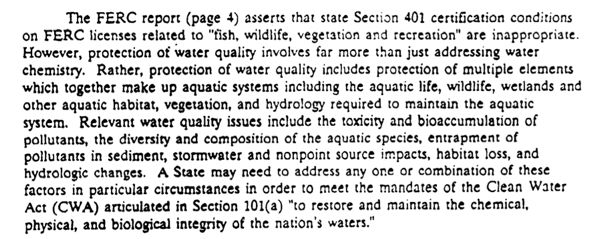
What federal FERC regulated pipeline companies have filed 401 certification requests to DEP? When were they filed?
Timing is critical, because a State has 1 year from filing to decide to approve or deny – after 1 year, the application is deemed approved.
The 401 certification process has been interpreted to apply broadly to other State approvals:
Water quality certifications under §401 reflect not only that the licensed or permitted activity and discharge will be consistent with the specific CWA provisions identified in sections 401(a) and (d), but also with “any other appropriate requirements of State [and Tribal] law.”111 Some State regulations explicitly identify considerations relevant for §401 certification, while others do not. For example, Ohio’s regulations state that certification may be denied if the activity will “result in adverse long or short term impact on water quality.”112 Similarly, river designation under the Wild and Scenic Rivers Act might be a relevant consideration independent of a state or tribe’s water quality standards.113 For example, Georgia considers a suite of other state regulations under its review including compliance with the state Erosion and Sedimentation Act for buffer integrity, construction and post-construction stormwater management, and the adequacy of mitigation. In addition, the Georgia water quality certification authority also coordinates with the Coastal Resources Division to insure project compliance with coastal protection regulations. Another relevant consideration when determining if granting 401 certification would be appropriate is the existence of state or tribal laws protecting threatened and endangered species, particularly where the species plays a role in maintaining water quality or if their presence is an aspect of a designated use. Also relevant may be other state and tribal wildlife laws addressing habitat characteristics necessary for species identified in a waterbody’s designated use.
While the Section 401 Certification process applies only to federal projects (e.g. FERC interstate pipelines), the Water Quality Standard can be very useful tools in stopping intrastate pipelines – particularly with respect to Category One streams – as well as stop all sorts of bad projects that lower water quality – physical, chemical and biological. (ask the folks in Clinton what killed the Windy Acres development: i.,e. failure to protect existing biological uses reliant on high water quality aquatic habitat).
I hope this information is helpful.
[End note: FERC doesn’t give a damn about local concerns or democracy or protest. Congress is in the pocket of the energy industry and changes in federal law are remote. Only lawsuits and civil disobedience will stop them. I’m not naive to think Gov. Christie ares either or that his DEP would ever deny a 401 Certification. But the 401 tactic lays the foundation for a lawsuit and it focuses the accountability where it belongs. The next Gov. will have to defend his own policy on pipelines and his own energy and climate policy. So activists need to lay these legal and political foundations, which they are not doing right now].



